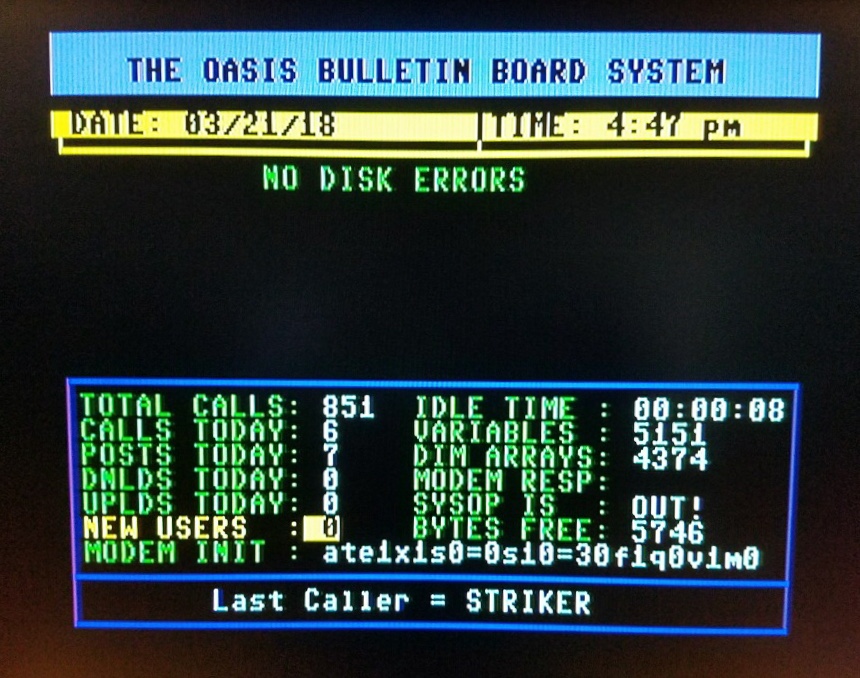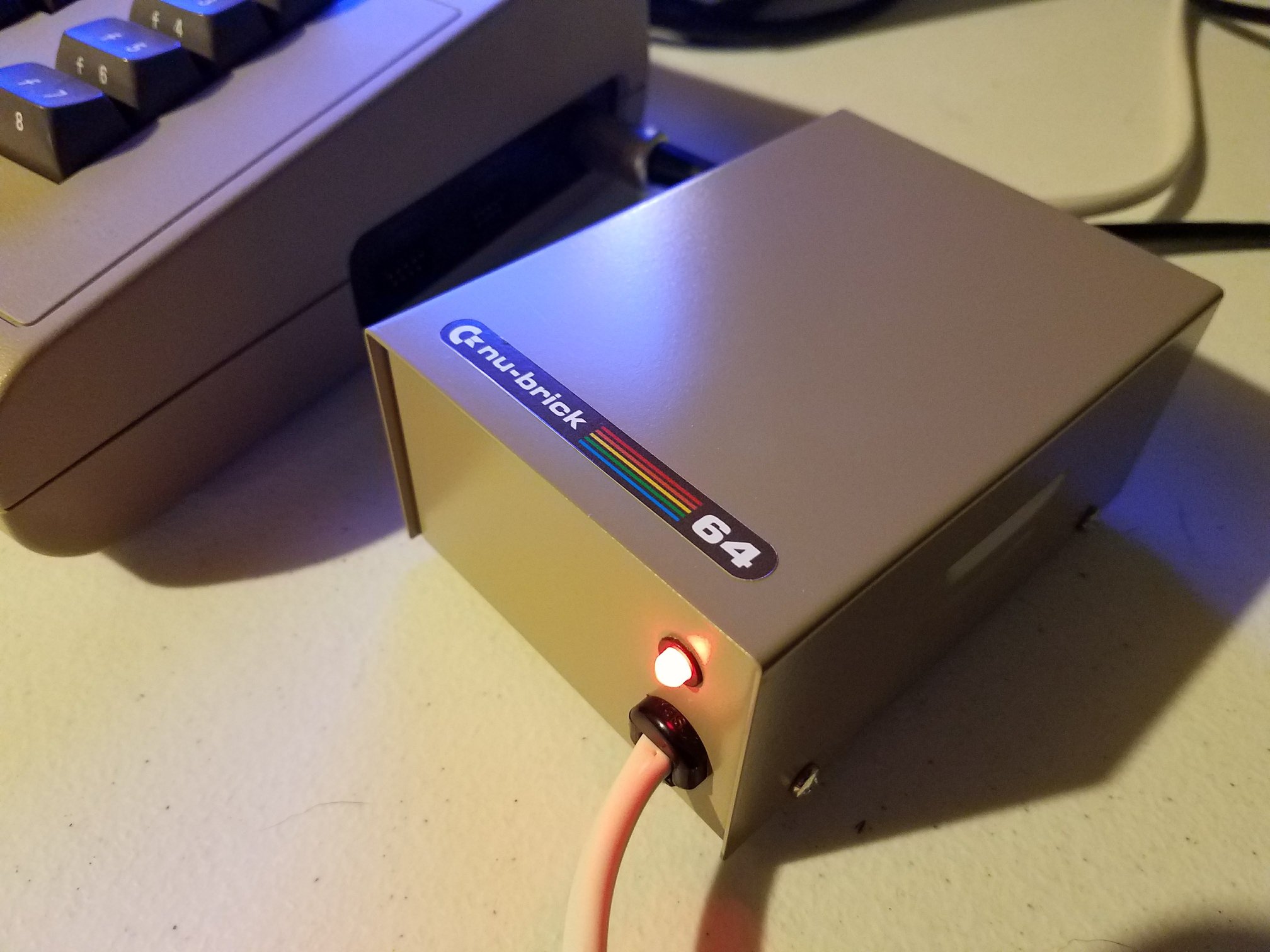AmiCube delivers a fresh PiStorm68K project update packed with practical insights for Amiga hardware fans. The focus keyphrase PiStorm68K project update captures the spirit of ongoing development, offering the latest on hardware changes, assembly advice, and future plans for this popular open hardware solution.
Advancements in Hardware
This PiStorm68K project update covers the latest prototype board, showing improvements in both layout and usability. AmiCube walks viewers through new diagrams and labeling, making each section of the board easy to understand. The main hardware improvement centers on a robust voltage regulation circuit that provides consistent power to Raspberry Pi boards, an upgrade designed to solve voltage variation problems in some Amiga systems.
Users can now select between regulated or direct 5V power simply by adjusting a zero-ohm resistor. This gives flexibility for different Amiga models, ensuring reliable operation even when the host computer’s power supply is less than perfect.
User Feedback Drives Refinement
In this PiStorm68K project update, AmiCube shares community suggestions and explains how user feedback shapes new features. Small but meaningful tweaks, such as added pull-down resistors and a protection diode, improve reliability and prevent electrical issues. The discussion also mentions a potential future feature: a permanent latch for the CPU switch, which would help avoid accidental resets. For now, the board’s current design balances function and safety.
Customization for Various Amiga Systems
The update gives specific tips for customizing the PiStorm68K to fit different Amiga models, such as the MiniMig. By swapping a resistor, users can fine-tune the 5V rail, giving Raspberry Pi hardware the steady voltage it needs. Measurements show this solution works across both older and newer systems, keeping voltage consistent even during heavy use.
Assembly Tips and Cautions
This PiStorm68K project update doesn’t shy away from the realities of assembly. AmiCube warns that the latest revision uses tiny SMD and SMT components, which require good magnification and experience. Beginners may find manual assembly difficult, so it’s best to enlist help or use specialized tools like a reflow oven. The update shares advice for soldering and stresses that these smaller components are necessary for the compact layout.
While earlier boards used larger parts to encourage DIY builds, limited space forced a move to smaller modern components. AmiCube explains this is part of adapting to more complex designs and increased board density.
Open Source and Accessibility
AmiCube reaffirms that the PiStorm68K project update is true to its open source roots. All schematics and Gerber files are available at minimig.ca, letting anyone build, test, and experiment with the design. More testing will follow before release, including long-term stress tests and voltage measurements to ensure reliability.
What’s Next?
The PiStorm68K project update provides an honest look at progress, showing both improvements and new challenges. Hardware tinkerers and Amiga fans will find the video both informative and practical, especially if they plan to assemble or adapt the PiStorm68K for their own setup. Watch the full video for a hands-on demonstration, extra tips, and the latest news straight from the developer.
Stay tuned as AmiCube continues to refine the board and share updates. The PiStorm68K project update makes it easy to follow along, whether you’re building, experimenting, or just curious about the latest in open source Amiga hardware.







